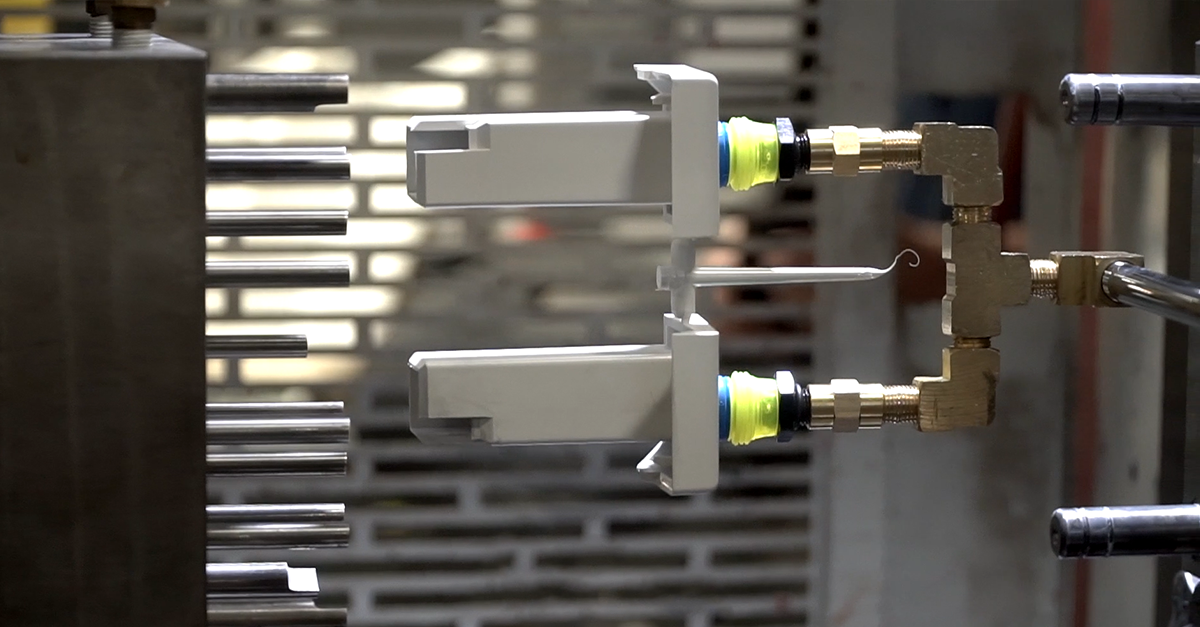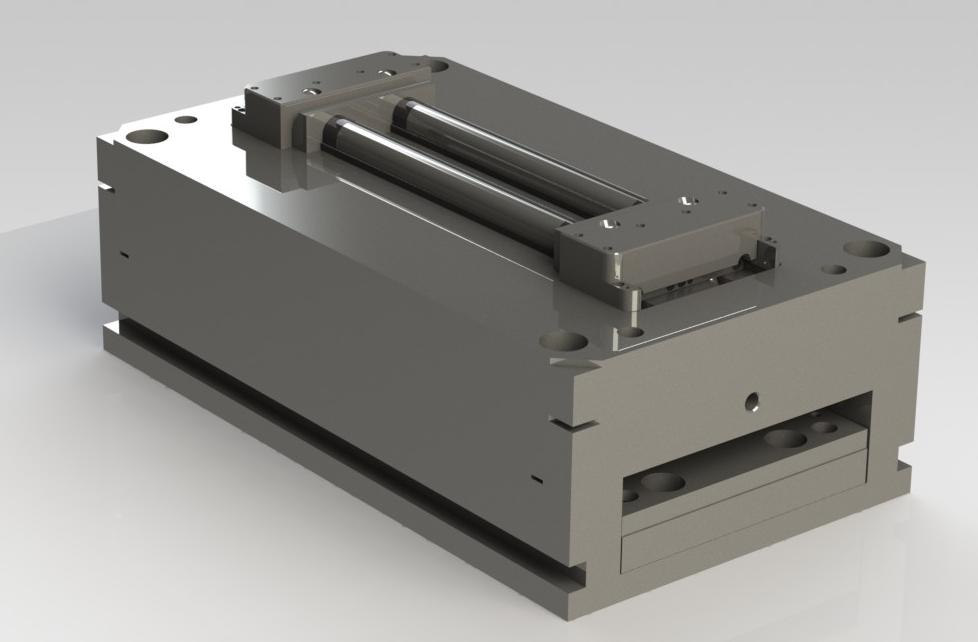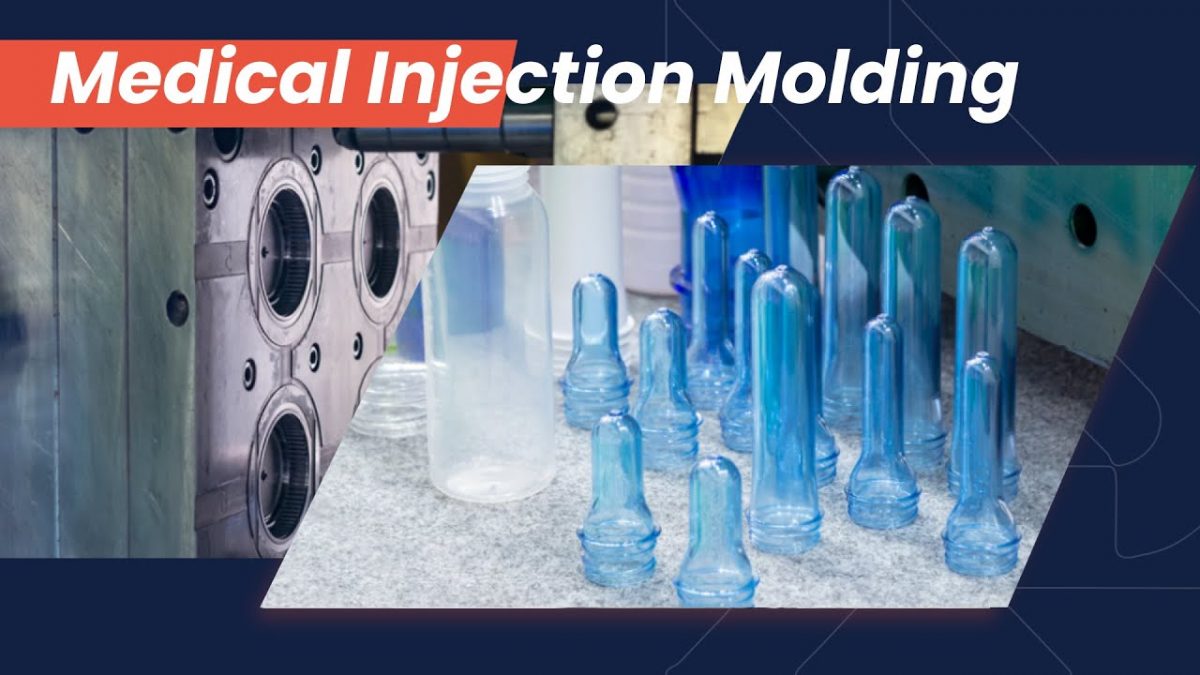Medical injection molding demands the utmost precision to ensure the production of flawless components that meet stringent quality standards. One common challenge faced by manufacturers in this field is the occurrence of flash, an excess material that escapes the mold cavity and forms thin, unwanted edges on the final part. In this article, we will explore the causes of flash in medical plastic injection molding and provide effective strategies to minimize and eliminate this issue, ensuring the production of high-quality medical components.
Understanding Flash in Medical Injection Molding:
Flash, often referred to as “burrs” or “overflow,” occurs when molten material escapes from the mold cavity during the injection molding process. This excess material solidifies on the edges of the final part, creating thin fins or unwanted protrusions. In medical manufacturing, where precision and cleanliness are paramount, eliminating flash is crucial to ensure the reliability and safety of medical devices.
Causes of Flash in Medical Injection Molding:
**1. Excessive Injection Pressure:
High injection pressures can force molten material into areas of the mold where it is not intended to go, resulting in flash. Balancing the injection pressure is essential to prevent overpacking and the escape of material.
**2. Inadequate Clamp Force:
Insufficient clamp force on the mold can lead to misalignment or separation, allowing material to seep through the mold edges. Properly adjusting and maintaining clamp force is crucial for mold integrity.
**3. Worn or Damaged Molds:
Wear and tear on molds over time can create gaps or misalignments, providing pathways for material to escape. Regular maintenance and timely replacement of worn molds are essential preventive measures.
**4. Inconsistent Material Viscosity:
Variations in material viscosity can contribute to flash issues. Consistent material temperature, quality, and processing conditions are crucial for maintaining viscosity uniformity.
**5. Insufficient Cooling Time:
Insufficient cooling time can result in premature mold opening, allowing material to escape before it fully solidifies. Properly setting and optimizing cooling times is essential to prevent flash.
Strategies to Reduce Flash in Medical Injection Molding:
**1. Optimize Injection Parameters:
Fine-tune injection parameters such as injection speed, pressure, and time to find the optimal settings for your specific material and mold combination. This ensures a controlled and consistent injection process.
**2. Calibrate Clamp Force:
Regularly calibrate and monitor clamp force to ensure that the mold remains securely closed during the injection molding cycle. Proper clamp force minimizes the risk of misalignment and material escape.
**3. Implement Proper Mold Maintenance:
Regularly inspect and maintain molds to address any wear, damage, or misalignment issues promptly. Timely repairs or replacements will help prevent flash and ensure the longevity of molds.
**4. Utilize Venting Systems:
Incorporate venting systems in the mold design to allow excess air and gases to escape during the injection process. Proper venting helps minimize the pressure build-up that can contribute to flash.
**5. Control Material Viscosity:
Maintain consistent material viscosity by adhering to proper storage conditions, using high-quality materials, and ensuring precise control of processing temperatures. Consistent viscosity minimizes the risk of material escaping during injection.
**6. Optimize Cooling Time:
Adjust and optimize cooling times to ensure that the material has sufficient time to solidify before the mold opens. Proper cooling minimizes the risk of flash formation on the final part.
**7. Utilize Mold Release Agents:
Applying appropriate mold release agents can aid in preventing material adhesion to mold surfaces. Properly selected release agents help create a smooth, clean finish on molded parts.
**8. Implement Advanced Monitoring Systems:
Utilize advanced monitoring systems integrated into injection molding machines to track and analyze key parameters in real-time. These systems provide insights into potential issues and allow for proactive adjustments to prevent flash.
Quality Assurance and Continuous Improvement:
**1. Perform Regular Quality Checks:
Incorporate regular quality checks during and after the injection molding process to identify and address any flash issues promptly. Visual inspections and dimensional checks are crucial for ensuring part integrity.
**2. Collect and Analyze Data:
Collect data from the injection molding process, including cycle times, temperatures, and pressures. Analyzing this data can reveal patterns and trends that help optimize parameters and minimize the risk of flash.
**3. Encourage a Culture of Continuous Improvement:
Foster a culture of continuous improvement within the manufacturing team. Encourage feedback, implement lessons learned from each production run, and explore innovative solutions to further reduce or eliminate flash.
Conclusion:
Reducing flash in medical plastic injection molding is not just a technical requirement; it is a commitment to precision and excellence in producing components vital to the healthcare industry. By understanding the causes of flash and implementing targeted strategies, manufacturers can minimize this issue, ensuring that the final medical components meet the highest standards of quality and reliability.
As technology continues to advance, the integration of smart controls, monitoring systems, and innovative materials will contribute to further improvements in flash reduction strategies. Manufacturers, engineers, and quality control teams must collaborate and stay vigilant, continuously refining their processes to meet the evolving demands of medical manufacturing Read more




